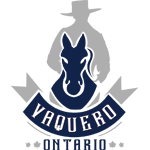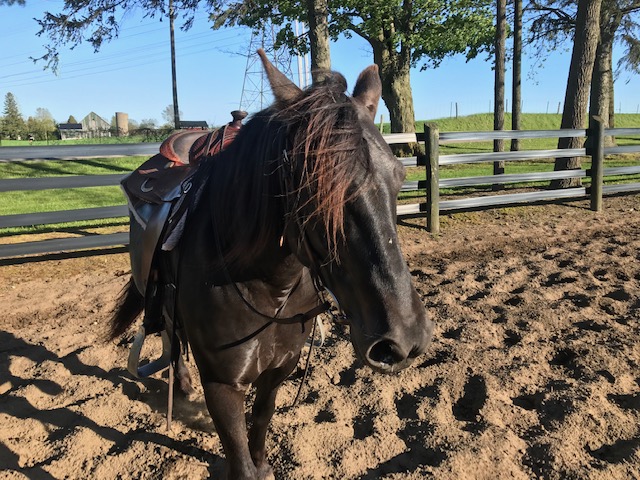Side passing is often confused with leg yielding, and for many novice riders, it can be a challenging skill to master without a solid understanding of the basics. Here are some thoughts and tips on both the challenges and the solutions to help you get things working with your horse.
Leg yielding and side passing are related but different maneuvers. Leg yielding involves your horse moving laterally away from pressure, bending its body around your inside leg. In contrast, side passing requires the horse to move laterally with its body straight, with its head either directly ahead or slightly inclined in the direction of travel. This makes leg yielding easier for horses because they naturally bend around the pressure from the inside leg, almost “scurrying” away from it.
To successfully communicate a side pass to your horse, it’s essential that the horse understands how to move its body parts independently. This means your horse should be able to turn on the forehand and haunches. If these basic movements are not well established, it will be difficult to execute a proper side pass.
Many riders confuse leg yielding with side passing and often can’t distinguish between the two. This isn’t a criticism—if you don’t ride dressage, the distinction can be tricky to grasp. Often, any movement of the horse sideways is considered a side pass. However, without understanding what you’re trying to achieve, it’s easy to settle for something less—like simply side stepping to the gate.
Another common issue arises from the overuse of the “one-rein stop,” which has led to many horses developing “floppy necks” from constant pulling. These horses tend to over-bend their necks, often turning their noses toward the rider’s boot with the slightest pressure of the rein. Reconditioning these horses to follow the rein correctly with their feet requires significant effort.
To set yourself up for success, it’s helpful if your horse can move its front feet in response to the direct rein without over-bending its neck. It should also be able to move its forehand and haunches easily and softly, without the use of spurs. A great place to start practicing side passing is with your horse facing a solid object, like a fence. This minimizes the horse’s tendency to move forward and allows you to focus on using your leg, seat, and rein cues effectively.
After a solid warm-up session (about 30 minutes of bending, following rein cues, and moving the forehand and haunches), get your horse into position. Gently ask the horse to incline its nose slightly in the direction of travel while using your outside leg to tap its flank, encouraging movement from the hindquarters. If the horse tries to turn or steps its hindquarters out, adjust the pressure of your aids until the horse begins to initiate movement with both the front and hind feet simultaneously.
Horses often become frustrated when they don’t fully understand the cues and are trying to respond but aren’t getting it right. Be mindful of your cues, and think back to the basics, like how you would ask a horse to side up to you from the ground or back up with a lead rope. The horse knows immediately, from your release, when it’s moved correctly.
If your horse tries different responses—moving backward, leg yielding, stepping out with only the haunches—don’t reward these movements by stopping or releasing. Instead, the first time the horse makes the slightest correct movement (i.e., both front and hind feet moving together), stop and reward them by rubbing their neck for about 30 seconds. This gives the horse time to process what happened and mentally prepares them for the next attempt. Patience is key.
While this isn’t a comprehensive guide, and merely represents my interpretation of how to start working on side passing, I hope you find these ideas helpful. Best of luck with your practice!

